I have had the pleasure to work in the Disability Inclusion field for many years. My daughter Sara Ruh, now 29 years old, was born with Down syndrome. She became the catalyst for my work, and she has been a teacher and mentor to me. As I entered the disability world, I realized that the community did not always speak from one strong voice.

Sara Ruh with Debra Ruh photographed Speaking at the Voice of America During National Disability Employment Awareness Month 2015.
I quickly realized that many people did not want to identify as an individual with disabilities for many reasons, but sometimes because it was perceived as a negative label. Persons who are Deaf or Hard of Hearing are one of those communities and the Deaf culture is very strong in the United States and other countries.
Many in the Deaf community do not align themselves with the disability label. They are proud of their Deaf culture and the most common form of communication in this community is American Sign Language (ASL).
According to the National Association of the Deaf,
“Individuals with disabilities, including deaf or hard of hearing individuals, are frequently subject to injustice. Therefore, deaf and hard of hearing people must learn to be effective self-advocates. Why is self-advocacy important when laws such as the Americans with Disabilities Act (ADA) and the Rehabilitation Act of 1973 were passed precisely to safeguard the rights of people with disabilities? Not everyone obeys the law! A deaf or hard of hearing person may be turned down when requesting a qualified sign language interpreter, CART services, or an assistive listening system from a college, a doctor’s office, or an employer. It is important to be familiar with your rights under disability laws so you can explain the law, get help when necessary, and get the services you need.”
I had the pleasure to meet Mark McGuire, a blogger and consultant from the United States who is advocating for individuals that are Deaf and Hard of Hearing. He is also an advocate for Sign Language. We met during #AXSChat, a tweet chat that focuses on Disability Inclusion, Accessibility and Empowerment. His answers during our chat impressed and motivated me to write this article and interview him.
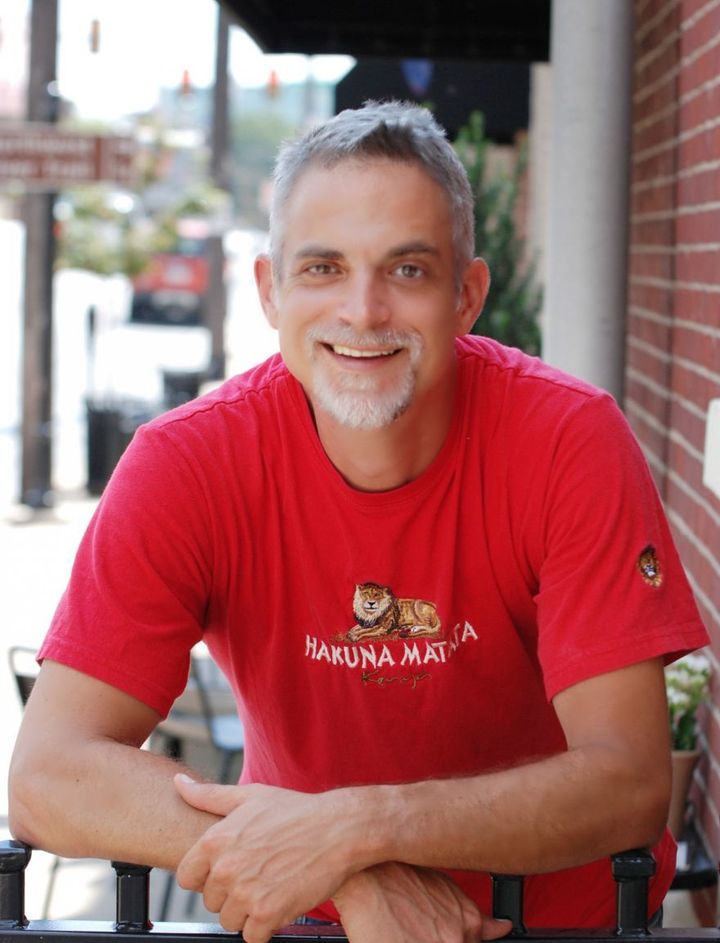
Mark McGuire
Mark told me that there was a major gap in integrating sign language. Zero ASL videos exist documenting the process, failures, mistakes, and success since everything else out there is really geared towards the audio audience.
Also, 85 percent of Facebook video is watched without sound. According to an article written by Digiday.
“Facebook might be hosting upwards of 8 billion views per day on its platform, but a wide majority of that viewership is happening in silence. As much as 85 percent of videos that are viewed happen with the sound off, according to multiple publishers. Take, for instance, the feel-good site LittleThings, which is averaging 150 million monthly views on Facebook so far this year. Eighty-five percent of its viewership is occurring without users turning the sound on. Similarly, millennial news site Mic, which is also averaging 150 million monthly Facebook views, said 85 percent of its 30-second views are without sound. PopSugar said its silent video views range between 50 and 80 percent.”
So videos that are accessible to everyone, including individuals who are deaf, assure more views and better comprehension of the video. That is very important for branding. If you create a video and 85% of the viewers do not listen to the sound, how can you assure the message is comprehended and received? It is also important to note that when a video is captioned, 80% more people watch the entire video versus 40% for un-captioned videos.
Do you turn on closed captions when you are watching your favorite show on Hulu, YouTube or Netflix? I bet you do, and I would wager that most of you aren’t hard of hearing or deaf.
You are not alone. The majority of people who use captions on their TV’s, computers and mobile devices aren’t deaf or hard of hearing. We are using closed captions because they enhance comprehension and engagement.
BBC’s Startling Discovery
If you are surprised by this, that’s ok. Many people and businesses were unaware of how people used captions. The BBC conducted an in-depth survey of people 18 years and older, and found out that:
- 80% of people who used closed captions had no hearing loss.
- 80% of people who used closed captions were not deaf or hard of hearing.
- 70% of respondents said closed captions improved comprehension.
- Most people were satisfied with prerecorded closed captions.
- Most people were dissatisfied with live close caption service.
Closed Captions Improve Comprehension
Improved comprehension is the main reason behind why people like captions. They also help when:
- People aren’t speaking clearly
- Technical terms are used
- Slang terms are used
- Dialects are different like the different
- Helps with focus and retention of information presented
Why Companies Should Love Captions
When people are able to comprehend your content you will increase user engagement and increase the likelihood they will watch the entire video. Here is what adding captions can do:
- 40% more time spent watching video.
- 80% more people watch video to completion vs 40% for videos without.
- Viewers have higher likelihood of positive reaction.
- Making videos accessible to English for 2nd language (ESL) viewers.
- Creating searchable video content.
- Increase student engagement through an interactive experience.
- Using keywords improve content discovery for better learning outcomes.
If you want to make your videos more memorable and engage you audience, consider adding captions (closed captioning, open captioning, subtitles, audio descriptions).
***
Debra: Mark, tell me about your life journey.
Mark: I would have to describe my life journey as an adventure, an adventure that leads me into our visual world where I can find solutions to the various problems that deaf and hard of hearing people everywhere deal with on a daily basis.
It all started in a small town where I grew up in. I was the only deaf person there. It was in that environment I realized I had a personal question.
Where are all the deaf and hard of hearing people?
Having said that, I’m borrowing a popular answer from the ASL community, I need to "put it into context" to better understand my journey. I was born with bilateral (both ears) profound hearing loss. In other words, without my hearing aids, I cannot hear my own voice.
What I noticed is that no matter where I go, the problems remain the same.
Since a journey has a beginning, a middle, and end, without going into too much details, you can read more about my journey on my social brand blog, markdeafmcguire.
I am tempted to say that communication is our biggest problem because communication is a two-way street. As a result of this problem, I have been fortunate to develop my favorite skill in a variety of positions, problem-solving.
I can’t comment on behalf of those who are deaf-blind, late-deafened or hard of hearing because that’s an added layer of perspective I do not have. What I can share is a common feeling shared by those who prefer being deaf.
The amazing ability to experience the world visually in a way that simply cannot be defined by sound is a feeling that can only be seen within.
Soon after the Internet exploded, I identified that my love for traveling, seeing what's out there, and meeting people provided me with an opportunity to solve problems that deaf and hard of hearing people everywhere deal with on a daily basis.
I believe by raising awareness about deaf and hard of hearing issues, I can work towards a better world for everyone. Change does not come easily for anyone. If people like Marlee Matlin, Joel Barrish, or Claudia Gordon are any indication, I do believe by stepping up and taking action together, we can make it happen.
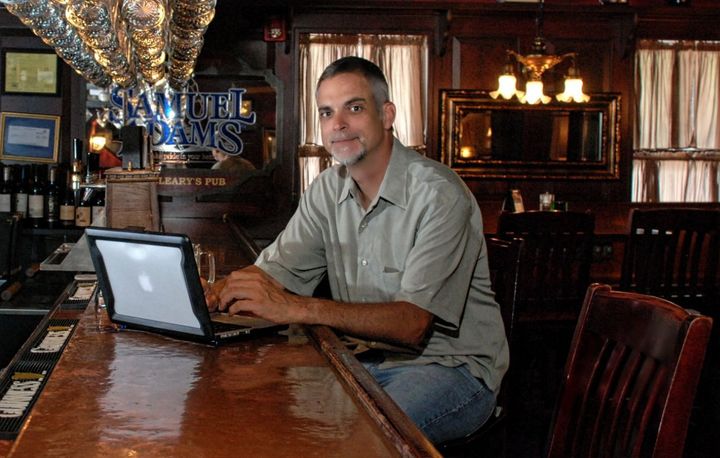
Mark McGuire Working
Debra: Mark, I know you advocate for others. Can you tell the audience about your efforts?
Mark: The concept is very simple.
If it is not 100 percent accessible to everyone, it will never be 100 percent accessible to everyone.
Granted, there are challenges. However, there are solutions that remove these challenges.
We are all a product of our upbringing. Despite the best intentions of our upbringing, there is a time when every child leaves home and the real world takes over our daily lives. It was not until I started living my nomadic lifestyle that I realized there’s no single “right” way to do things.
There is no question about the fact that there is a lot of “wrong” ways to do things. As the saying goes, to err is to be human. As humans, we have a tendency to quickly sweep our errors under the rug and pretend we never made a mistake. This tendency has created barriers for no good reasons.
Not just for myself but for everyone regardless of their abilities or inabilities. No matter how many ways we try to manipulate the math, one fact remains true. We can no longer sweep our mistakes under the rug.
To be accessible is to be human.
Regardless of your abilities or disabilities, everyone has the same rights.
My greatest passion is discovering and learning everything I can about new places. This passion lured me into a life of traveling as a nomad. What I did notice during my travels is that many people with disabilities love to travel too.
That's when I realized we are all capable of doing and enjoying the same things. All that matters are removing barriers and creating a more accessible world that is inclusive to everyone to explore.
This led me to discover along with a growing need for accessible information along with accessible tourism and travel everywhere. For example, watching a narrative video about a specific corner of the world, whether in sign language or spoken language with captioning (including audio descriptions), eliminates barriers for everyone.
To make this happen, one must advocate for equal rights regardless of abilities or disabilities.
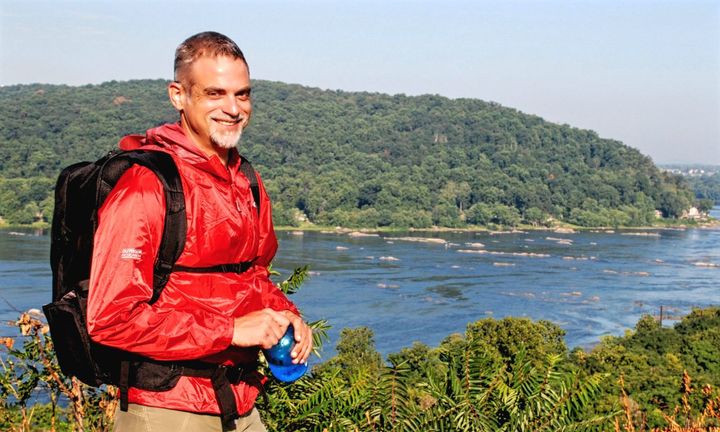
Mark McGuire Exploring the World.
Debra: What does society need to understand about people that are deaf, Deaf, and Hard of Hearing?
Mark: With one out of seven of us having some kind of disability, we will fail in communicating a way to create a better world if we discriminate based on our own abilities to communicate.
Society needs to understand and realize we all exist in the same world where no one single method of communication is 100 percent successful.
What is important to remember is that there is more than one way to communicate. If one way fails, try another way. Don’t make the mistake of repeating a method that failed.
With that said, one thing society needs to understand is that a diverse community of those who are deaf and hard of hearing exists. Like any human being who is diverse, stereotyping someone who is deaf or hard of hearing is the fastest way to fail in being able to communicate successfully.
For example, a primary distinction between the terms, deaf and Deaf is the preferred language of choice. Sign language, which is a huge cultural value within the Deaf community, is available to everyone.
In comparison, spoken language is not available to everyone. I personally prefer the term “sign language” community because it includes those who are hard of hearing but not deaf and hearing people who are part of the community. As you can see already, the Deaf community is extremely diverse but no one is excluded.
The point is not everyone knows sign language. But those who do, regardless of whether they are deaf, Deaf, Hard of hearing or hearing, are able to communicate without sound.
Our human language is as diverse as the corner of the world we are in. What does matter is we all have the equal ability to respect an individual’s language of choice.
That said, learning multiple languages, including sign language, spoken language, and written language, whenever possible is your greatest chance at succeeding in creating a better world for all deaf and hard of hearing people everywhere.
Debra: Do you believe that technology will improve lives for persons that are Deaf and Hard of Hearing?
Mark: Oh sure, we have come a long way from the old days.
The important thing is to design technology for accessibility first to ensure we are not leaving anyone out. It is far much easier to do things right from the start than it is to fix mistakes, not only for the deaf and hard of hearing but the hearing too.
After all, technology has made it easier for hearing people everywhere to learn sign language too. Everyone, including deaf, hard of hearing, and hearing people can easily go on Facebook, Instagram, and YouTube and follow amazing sign language tutorials created by other Deaf people.
There will never be a perfect one-size-fits-all solution for everyone. However, we all can embrace different "perfect" solutions.
Debra: Mark, I feel individuals who are deaf and hard of hearing are often misunderstood. Society does not seem to understand the value that this community brings to the table. Do you agree?
Mark: You are correct about that. It seems to me that the deaf and hard of hearing community is the most disenfranchised. It is an interesting word, disenfranchised, but in a sense, accurate.
I could be wrong here. It's my personal opinion that the reason for this is that leading belief that to have five senses is the ultimate definition of being a human. This belief is the source of the reason for being disenfranchised.
I could literally bore you to tears with a deep analysis based on my observation of the human race in regards to the impact of verbal communication versus visual communication.
I can't tell you how many times I had this discussion with people who end up wiping their eyes telling me how much their lives have changed for the better by listening to what I discovered.
But as one of my favorite lines by my favorite author goes, the world has moved on.
So that's why I am evolving the wheel I am using to move on with the world in a way that hopefully, creates a better world for all deaf and hard of hearing people by rein-franchising them with the rest of the human race.
Debra: Thanks for your time today Mark. If our readers want to be in contact with you, what is the best way to reach you?
Mark: They can contact me through my website, MarkDeafMcGuire.com or reach out to me on Twitter, @markdeafmcguire.
What a beautiful way to end the article. I believe we should all try to make the world a better place for every single person.
#AXSChat: Join Neil Milliken, Antonio Santos and myself for a weekly Twitter Chat on Disability Inclusion, ICT Accessibility, Built Environment, CRPD, Empowerment and Employment. Just search the hashtag #AXSChat at 3pmEST and join the conversation. You can learn more about AXSChat at AXSChat.com.
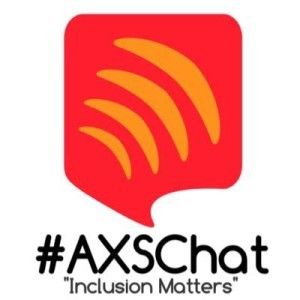
#AXSChat - Inclusion Matters
Learn more about our work at RuhGlobal.com or follow us on Social Media: @debraruh and @ruhglobal on most Social Media channels.
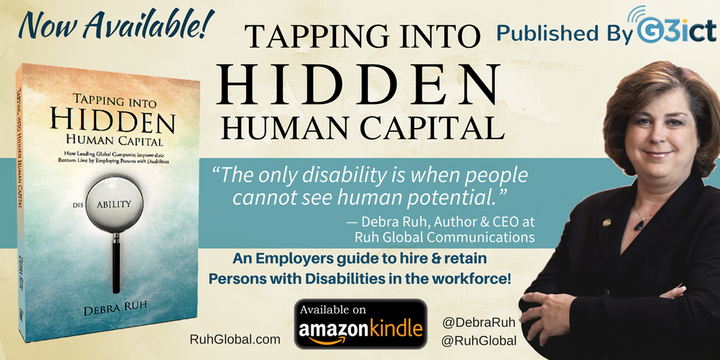
Now Available on Amazon Kindle, Debra Ruh’s latest book, Tapping Into Hidden Human Capital - An Employers Guide to Hire & Retain Persons with Disabilities in the workforce. Published by G3ict.
